How to Build a Raised Bed Garden for Easier Planting and Better Drainage
A raised bed garden is just what it sounds like. Instead of planting straight into the ground, you build a frame and fill it with soil. This setup makes gardening a whole lot easier on your knees and back, providing your plants with better drainage and healthier growing conditions.
Whether you’re new to gardening or have been at it for years, a raised bed is a solid option. It also gives you more control over the soil, which can really help if your yard has rocky or clay-heavy ground. The best part is, you don’t need a huge space to get started.
This post may contain affiliate links, which helps keep this content free. Please read our disclosure for more info.
Why Choose a Raised Bed Garden?
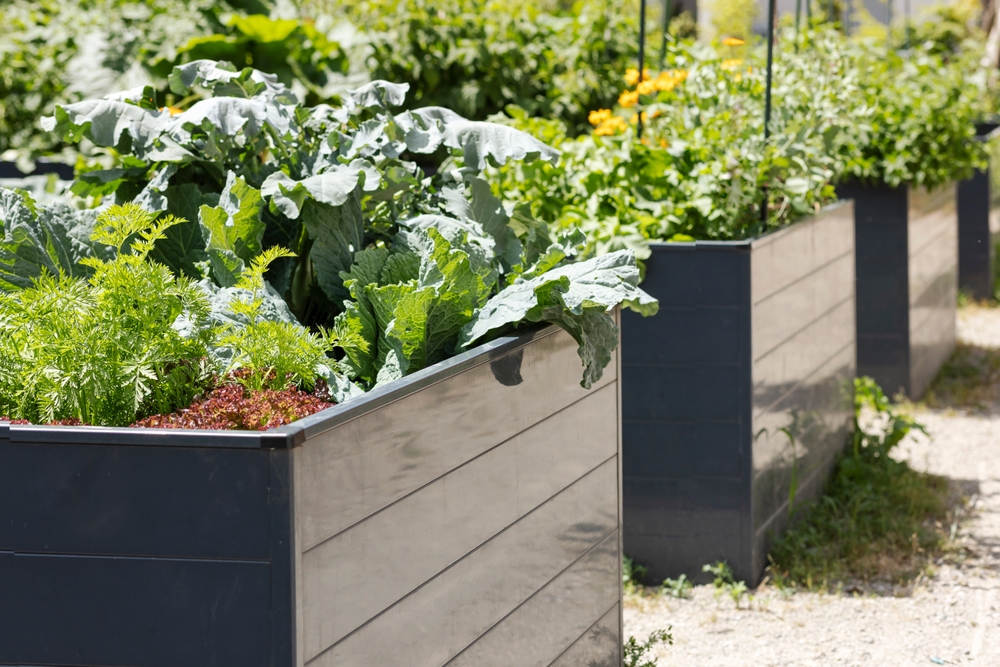
One of the nicest things about raised beds is how much easier they are on your back and knees. You don’t have to kneel down as far, and reaching into the garden is simpler, especially if you build them high enough.
Good drainage and air movement in the soil mean healthier roots and stronger plants. Since the soil stays loose, it doesn’t get compacted, even with regular watering or foot traffic around the beds.
Pests and weeds are easier to deal with in raised beds because you can spot them faster and pull them out before they spread. It also helps when you don’t have to work around tree roots or poor yard conditions. If you’re short on space, raised beds can fit right into patios or smaller backyards. The soil even warms up quicker in the spring, which lets you get a head start on planting.
Choosing the Right Location
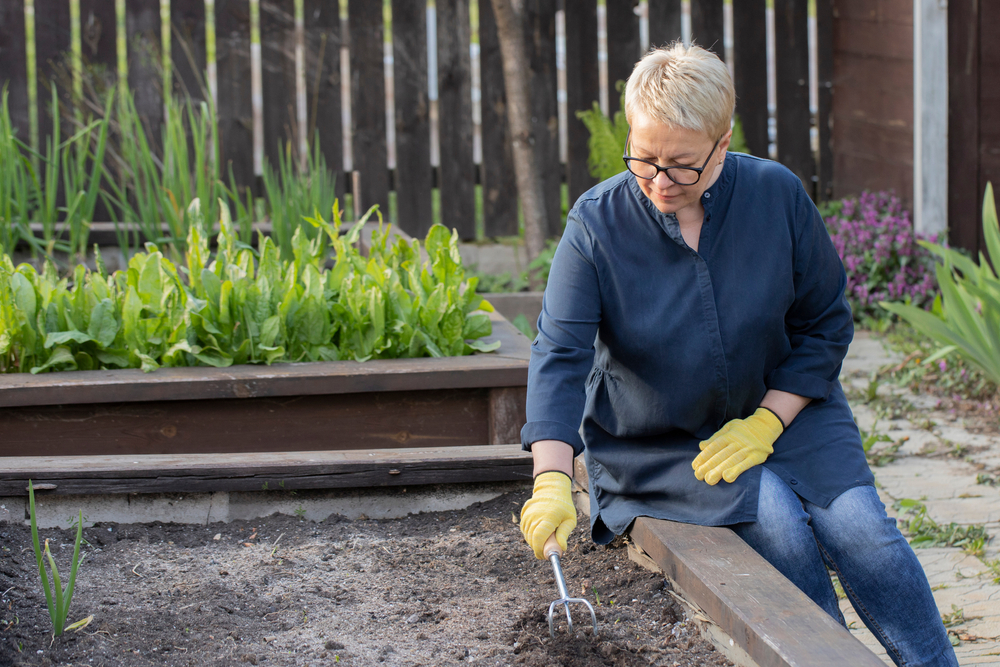
Start by picking a spot that gets lots of sun. Most vegetables and flowers need at least six hours of sunlight a day. Choose a place with level ground and good drainage so water doesn’t pool under the bed.
Think about how big you want your raised bed to be. A common size is 4 feet wide and 8 feet long, which lets you reach the center from either side without stepping into the bed. Keep paths between beds wide enough for a wheelbarrow or garden cart.
Selecting the Best Materials
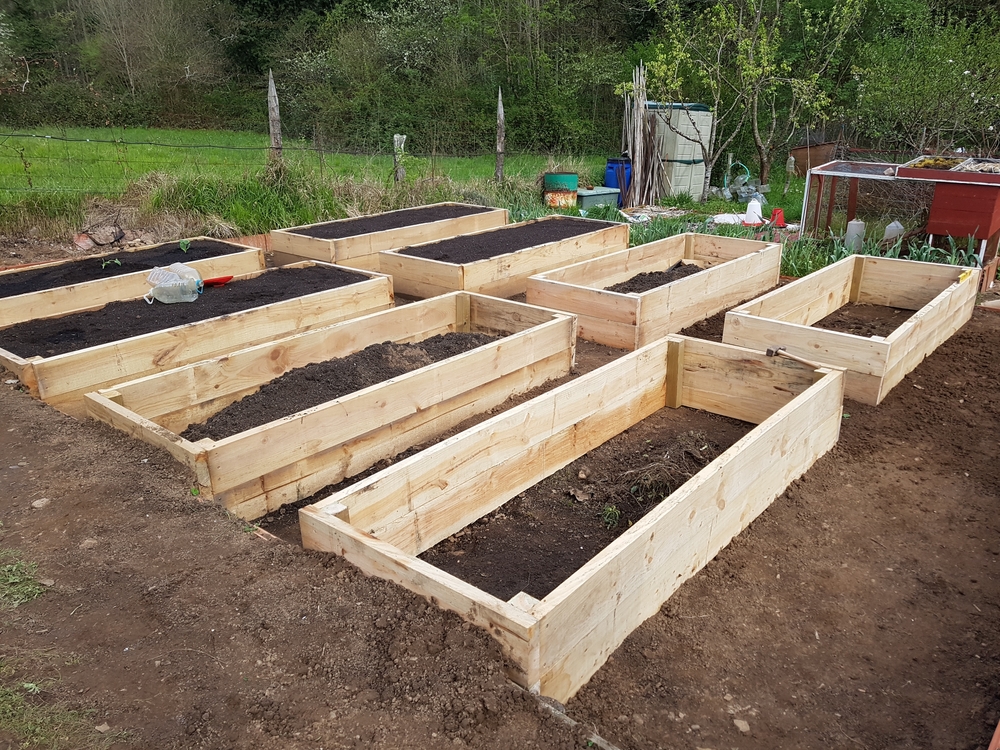
Wood is the most common material for raised beds. Cedar and pine are popular because they’re easy to work with. Stone, brick, and metal can give your garden a different look and tend to last longer, though they can cost more.
Here are a few material options.
- Wood is lightweight and simple to cut, but may rot over time
- Metal is durable and long-lasting, but it can heat up in the sun
- Brick or stone is very sturdy and great for permanent beds, but takes more effort to set up
Avoid using pressure-treated wood for food gardens since it may contain chemicals. As for tools, a saw, drill, shovel, screws, and a level should cover the basics.
How to Build the Raised Bed
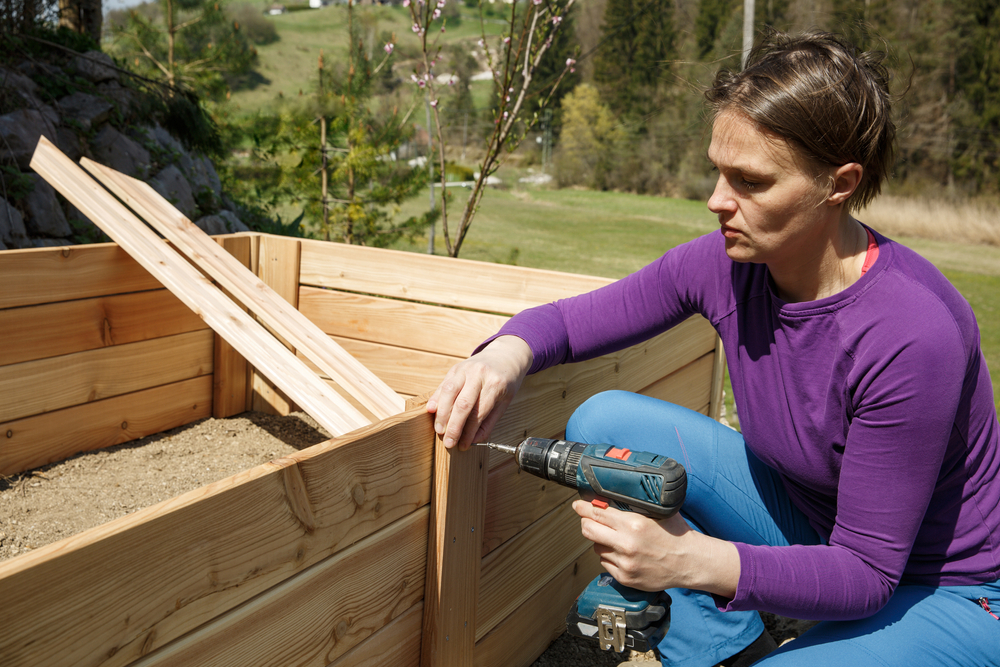
Start by marking the area where the bed will go, then clear away grass or weeds. If the ground isn’t level, smooth it out as best you can.
After preparing the area where you’ll place the raised bed, follow the steps below.
- Cut your boards or other materials to size
- Assemble the frame with screws or brackets at the corners
- Check that the bed is level and adjust the ground underneath if needed
You can also add a layer of cardboard or landscape fabric at the bottom to help block weeds. Once that’s done, your frame is ready for soil.
What to Fill Your Raised Bed With
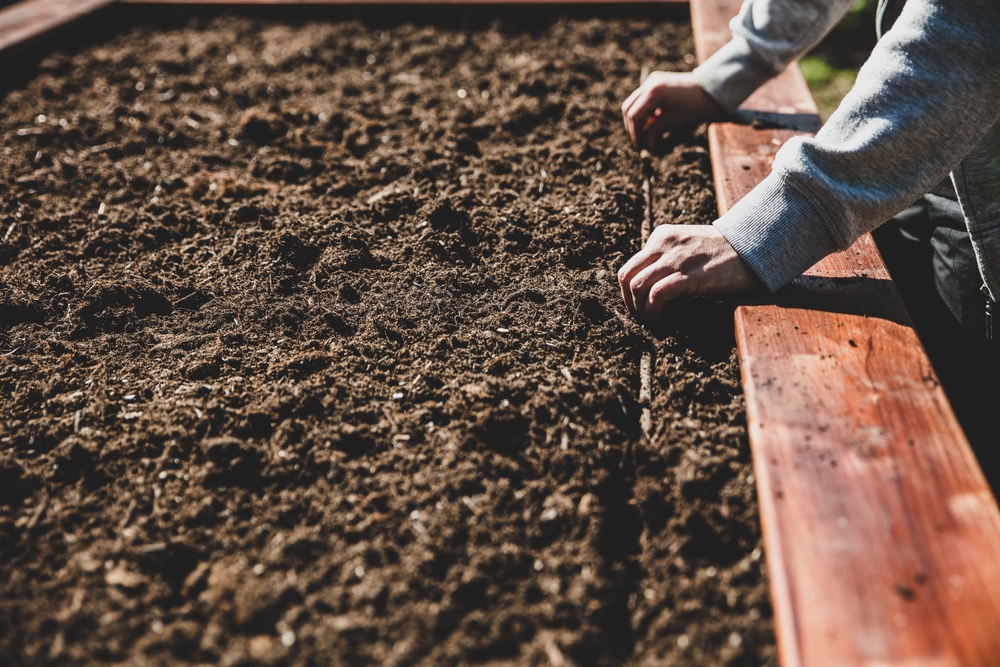
A good soil mix helps your plants grow strong.
- 60% topsoil
- 30% compost
- 10% peat moss or coconut coir for fluffiness
You can also layer the bottom with sticks or straw before adding the soil. This adds extra drainage and keeps the mix from settling too quickly.
Give everything a quick stir with a shovel or rake to mix the layers and break up any big clumps before planting.
Drainage Tips for Raised Beds
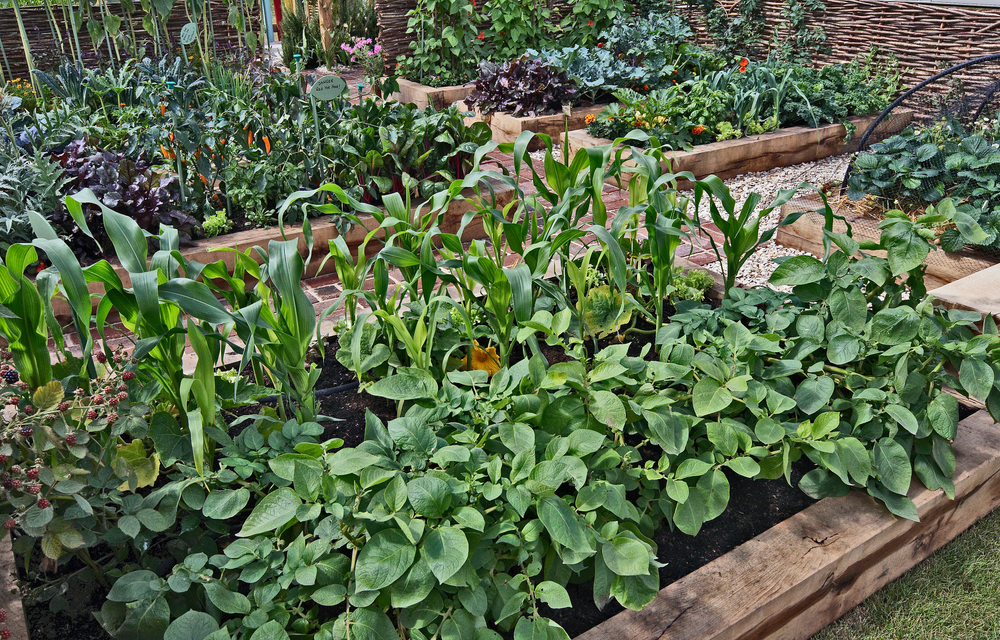
Good drainage is key. If you’re using a lined or container-style bed, make sure there are holes for water to escape.
Skip putting gravel at the bottom since it can actually trap water. Instead, keep the soil loose and avoid compacting it. You can also mix in some coarse organic matter to help with drainage.
What to Plant in a Raised Bed
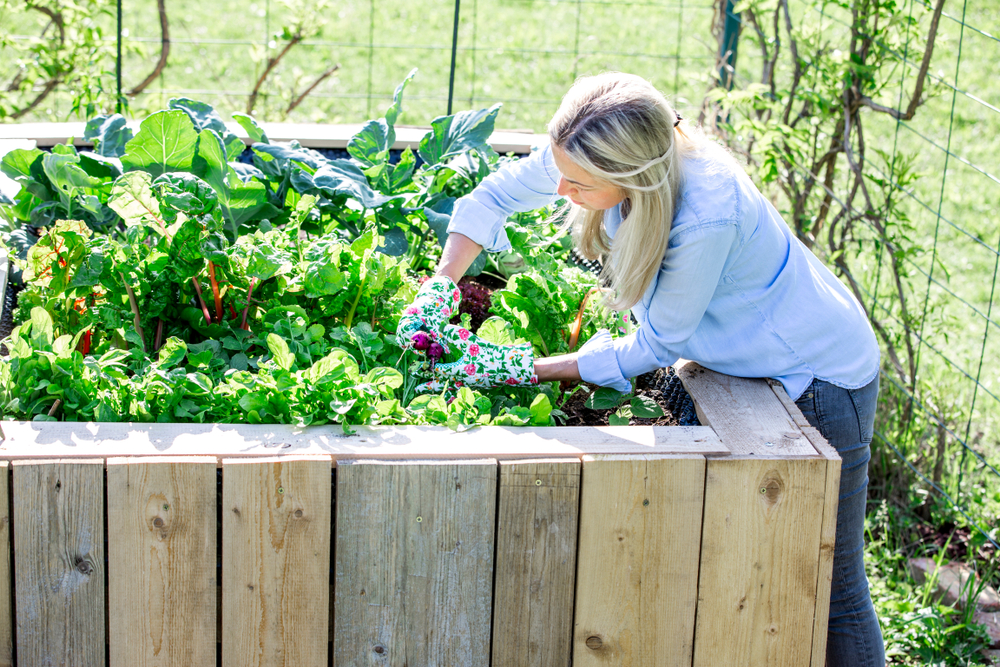
Raised beds work well for most vegetables and herbs. The loose soil makes it easy for roots to spread out and soak up nutrients.
Here are some great choices when planting in raised beds.
- Tomatoes, peppers, carrots, radishes, and lettuce
- Herbs like basil, thyme, rosemary, and mint
- Flowers like marigolds and nasturtiums to attract pollinators and discourage pests
Just make sure to give each plant enough space to grow. Look into companion planting if you want to help your plants get along better.
Maintenance and Seasonal Tips
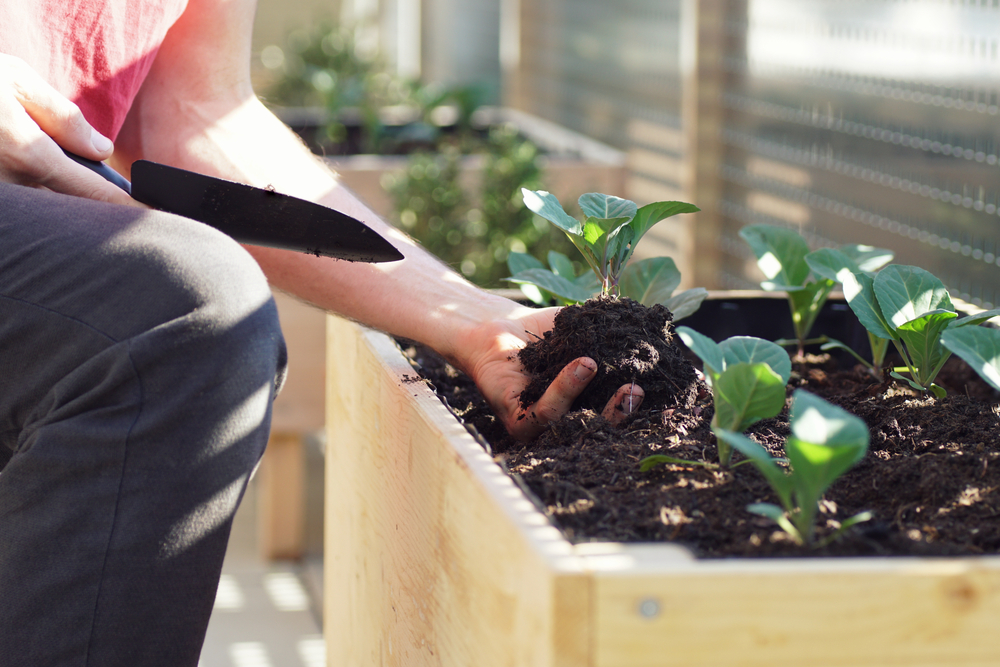
Because the soil drains well, you may need to water more often than you would in the ground. Keep an eye on your plants, especially during hot or dry spells.
Over time, the soil may settle or lose nutrients, so be ready to top it off with compost once or twice a year. Rotating crops each season can help prevent disease and keep your soil healthy.
If your frame is wood, check for loose boards or screws and make repairs as needed. Watch for bugs and signs of disease, and take care of any problems early before they spread.
Common Mistakes to Avoid
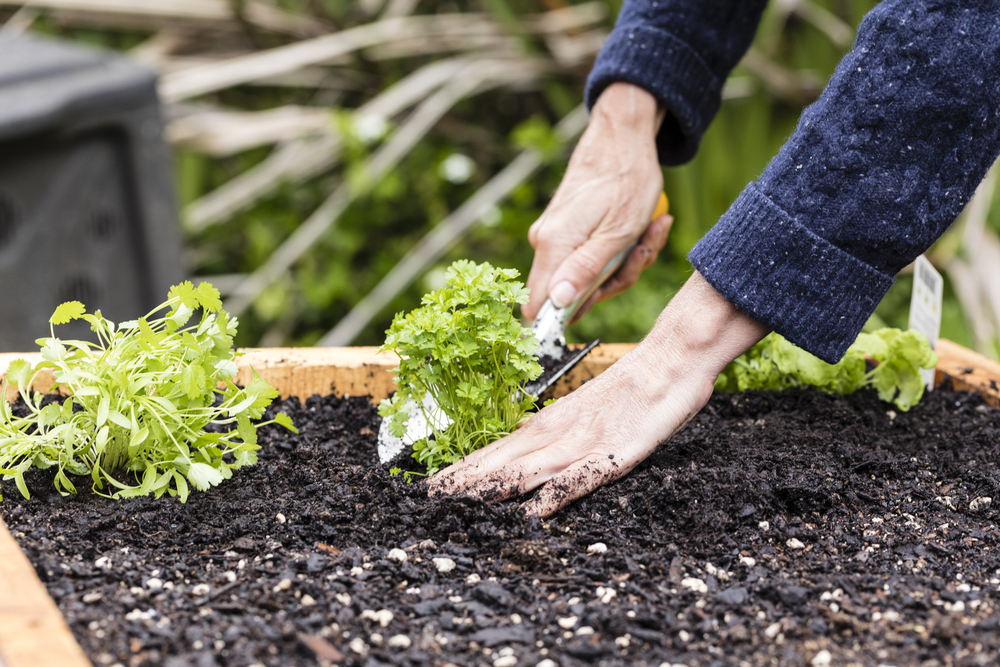
Be careful with your soil. Don’t fill your bed with dirt from your yard unless you know it’s clean and healthy. It’s worth getting good-quality soil and compost right from the start.
Here are other common mistakes that you should avoid.
- Making the bed too wide so you can’t reach the center
- Planting too close together can block airflow and sunlight
- Placing the bed in a shady or soggy spot that doesn’t drain well
Taking the time to plan your space and materials goes a long way toward making your raised bed garden simple to care for and a pleasure to work in.
Raised beds make gardening easier on your body, improve drainage, and let you grow healthy plants right from the start. You don’t need to build ten of them at once. Start small, see how it goes, and add more as you need them. Once you get the hang of it, you might wonder why you didn’t try it sooner.
This article originally appeared on Avocadu.
